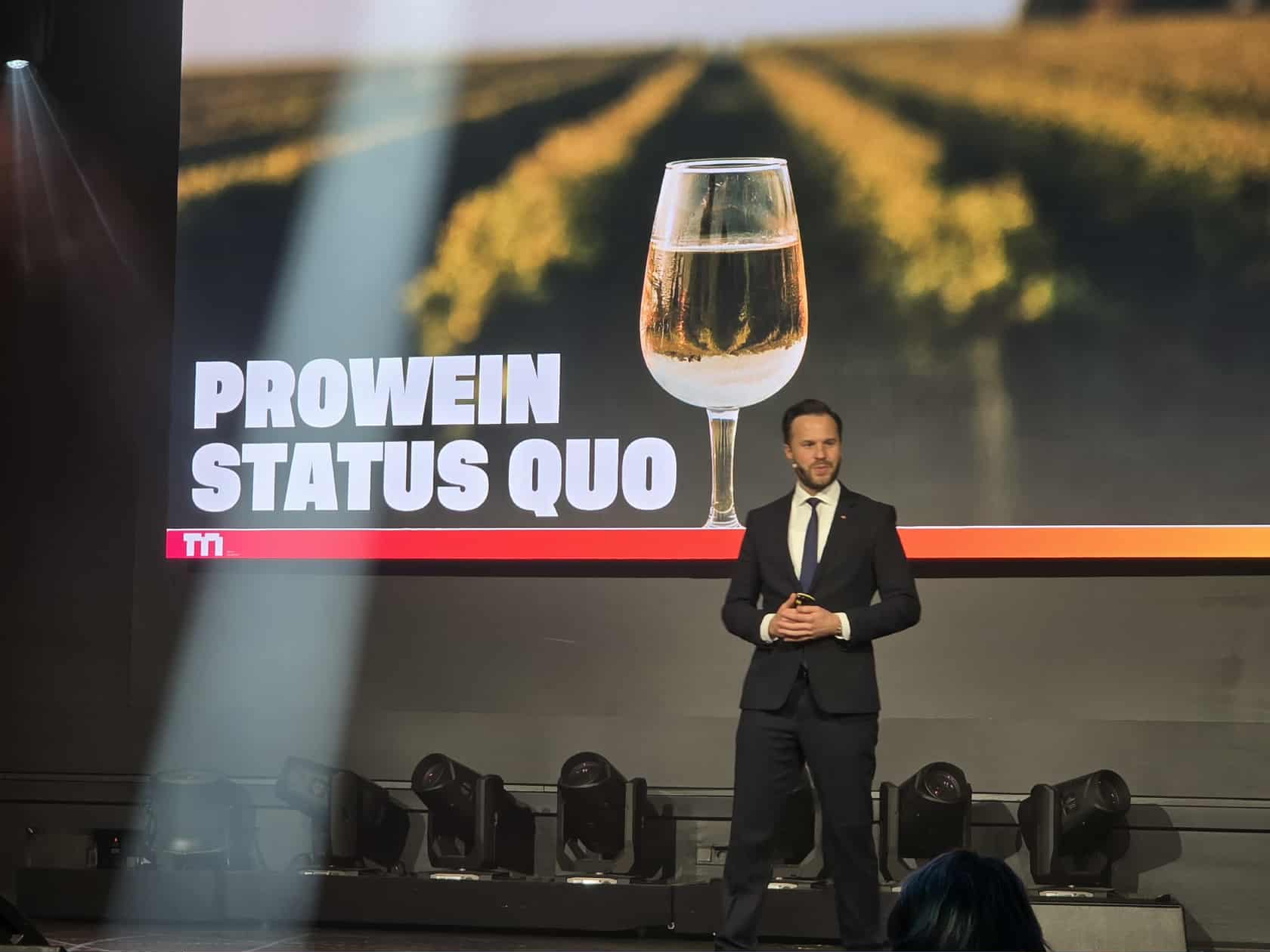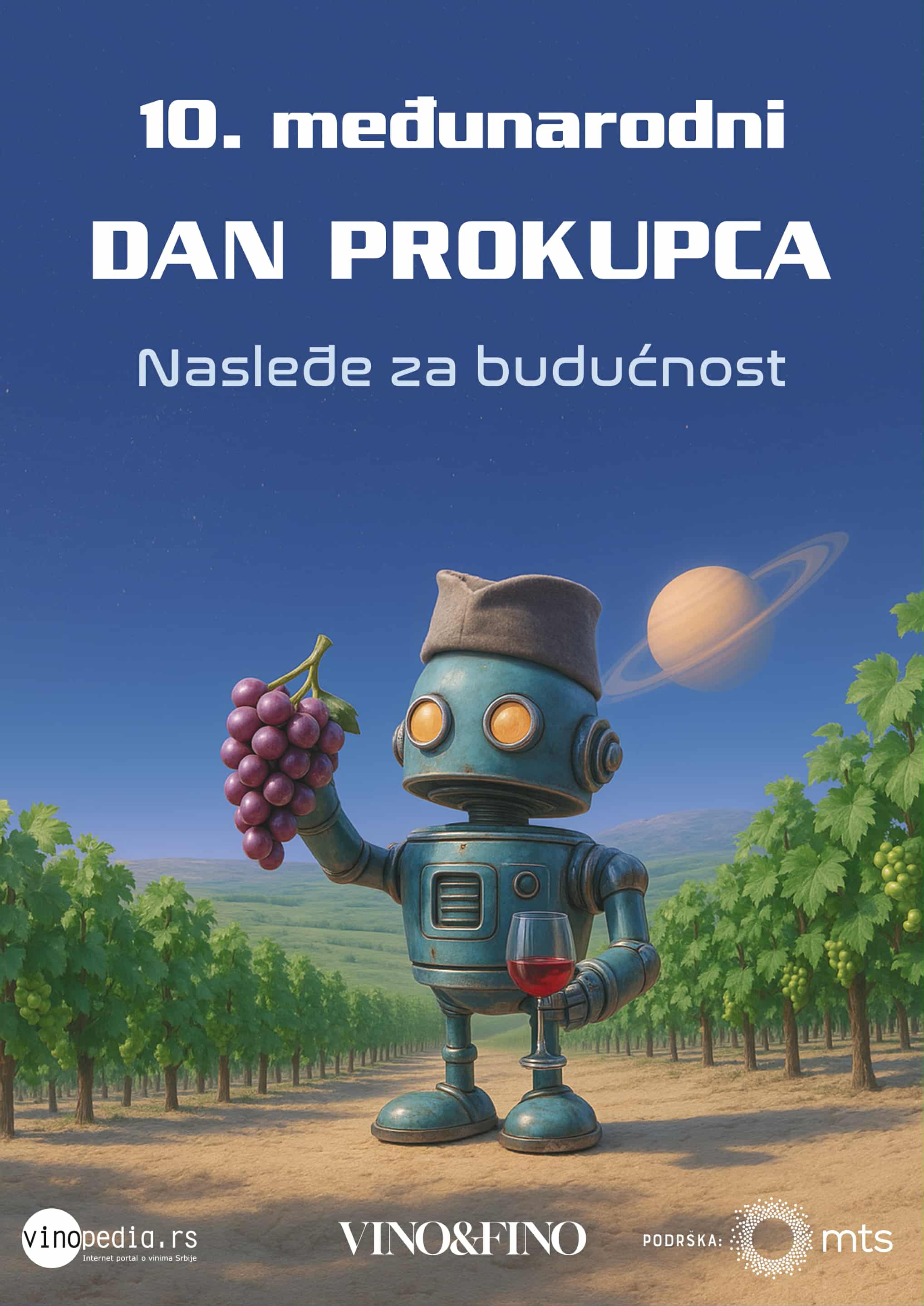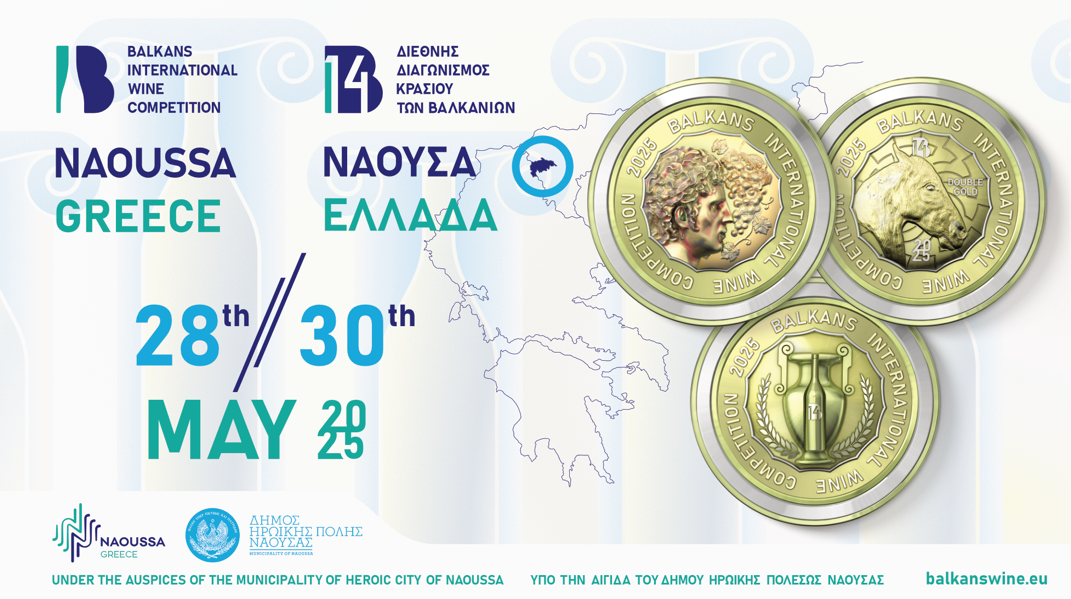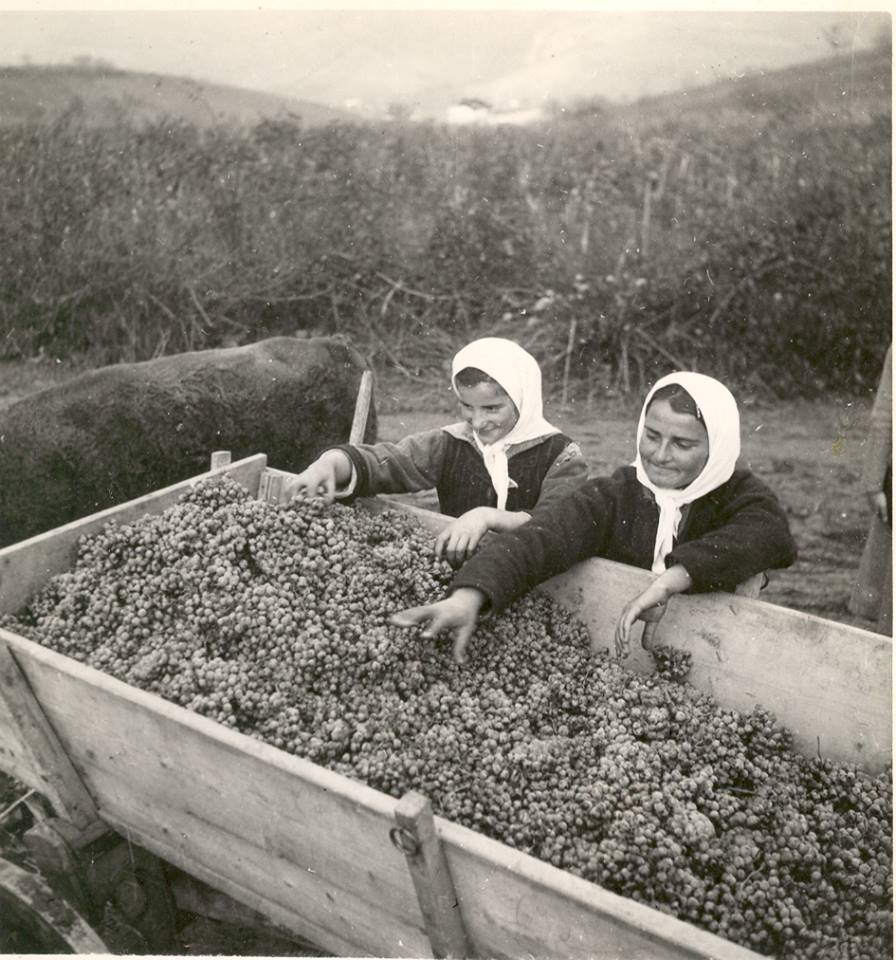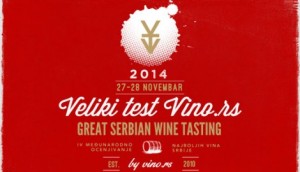
It's hard to describe the excitement that loomed over the hall of Falkensteiner Hotel (Belgrade) on Friday, November 28th, 2014, while wine-loving Serbia was awaiting the final results of the most relevant wine competition in Serbia -
The Great Serbian Wine Tasting organized by vino.rs online magazine. Waiting dragged on, so the excitement grew even more ... The organizers worked diligently to process the results ... and now we have the results to be proud of! The number of award-winning wines this year is higher than the year before, so we witness again the rise of Serbian wines. The choice of great Serbian wines is getting more diverse, wine sector has become even more competitive, and we should all feel glad for it because healthy competition results in better quality. Also, we confirmed what we had already learnt last year: Serbia is definitely a country of exceptional red wines ... The difficult year 2012 has taken its toll, so the red wines from the year 2012 show poorer quality. However, a few exceptional wines appeared in the competition proving that a good winemaker makes great wines even in bad years. White wines had better luck: the competition was dominated by wines from 2013, so the jury had no difficulty to sort out those which are characterized by superb freshness and elegance.
But, let's kick off with the official results first (the source:
www.vino.rs )
TROPHY WINNERS PER CATEGORY:
Grand Prix Vino.rs 2014 : Kremen 2012 Matalj Winery (Negotinska Krajina region)
The Best Red Wine in the price category above 1000 RSD: Kremen 2012 Matalj Winery (Negotinska Krajina region)
The Best Red Wine in the price category under 1000 RSD: Temet Crveno 2012 Temet Winery (Three Moravas region)
The Best White Wine in the price category above 1000 RSD: Babaroga 2013 Bjelica Winery (Srem region)
The Best White Wine in the price category under 1000 RSD: Zvonko Bogdan Chardonnay 2013 Zvonko Bogdan Winery (Subotica Horgoš sands region)
The Best Rose Wine: Varijanta 2013 Aleksandrović Winery (Šumadija region)
The Best Natural Sweet Wine: Trijumf Late Harvest 2013 Aleksandrović Winery (Šumadija region)
Best Buy – wine with the best price/quality ratio: Italian Riesling 2013 Vinum Winery (Srem region)
No trophies were awarded in the categories of sparkling and fortified wines.
19 gold medals, 31 silver medals and 34 bronze medals were awarded among 149 wine labels in total.
I have to repeat here what the Jury Chairman, Mr Robert Gorjak, said during the award ceremony. This competition had the most competent and professional team of wine experts compared to all other wine competitions in the Balkans:
Jo Ahearne MW (UK), whose excellent lecture on wine marketing at this year's Wine Identity conference is still vivid in our memory,
Louise Sydbeck MW (France ),
Robert Gorjak (Slovenia), who acted as the Jury Chairman, then
Saša Špiranec (Croatia),
Luiz Alberto (USA),
Federico Graziani (Italy),
Jozsef Kosarka (Hungary),
Marinela Vasilica Ardelean (Romania),
Svetozar Savić (Montenegro ). Due to all the intrigue and plots that followed after the last year's winners had been presented, the organizers strove this year to eliminate any speculation about the possible lobbying so the composition of this year's jury relied exclusively on foreign wine experts.
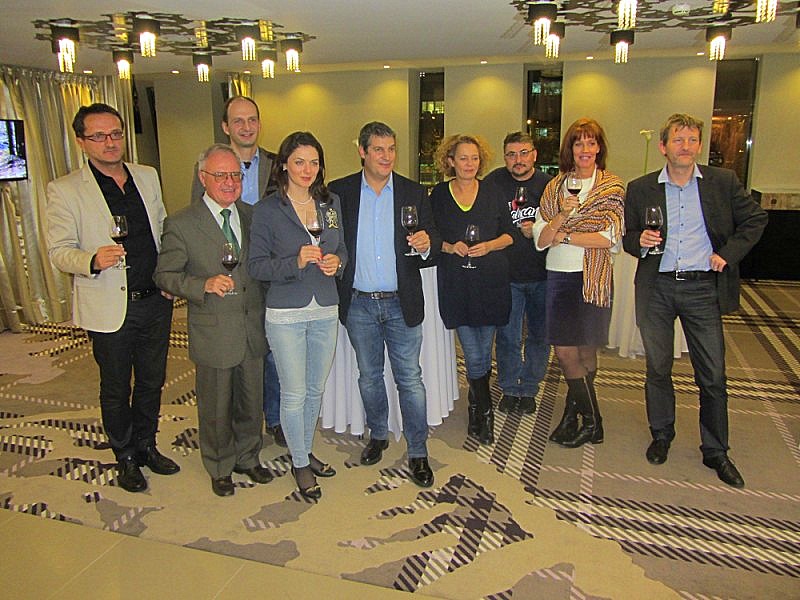
This competition is important not only for the consumers who get guidance when purchasing wines... Important lessons could be learnt during the competition...
1. Matalj Winery confirmed this year that Negotinska Krajina region, which is basking in the sun throughout the year, makes an ideal spot to grow Cabernet Sauvignon and other late varieties. Vineyards in Serbia are reaching maturity, so we are facing an increasing number of great wines with unique character and distinctiveness, even when the wines are made from international varieties.
2. Our wineries have realized that the current global trend, which has also arrived here, means making wines that are fruity, fresh, elegant, where fruitiness is not buried under layers of oak ... The wine-lovers' preference evolves with time. Although our perception of good wine has been built on Vranac variety, i.e. full body, intense colours, lots of powerful, high-alcohol content, with plentiful barrique aromas, we have finally come to realize that medium-bodied wines can be just as great. Year after year, there are more and more Serbian wines which captivate senses by elegance and subtlety rather than by intensity and strength.
3. We need to learn more when it comes to tannin management ... We still come across some wines from Serbia whose rough tannins leave dry unpleasant mouthfeel ... The most common fault is over-extraction ... Also, wineries which use Serbian oak need to experiment more boldly and try out barrels made by different manufacturers in order to grasp differences in quality (and flaws) of domestic oak, or better still, experiment with combining Serbian oak and other types of oak in order to take the best qualities from each.
4. Healthy competition among Serbian wineries has resulted in better quality of wines. Differences in quality of small wineries, even those that have been established just recently and those larger-scale "market-leaders" are getting minute ... That's simply great and such a development can only throw a smile on the face of every true admirer of Serbian wine scene.
5. If you like to drink Chardonnay, come to Serbia ... It is found everywhere, in all wine regions (except Župa), and the quality is superb ... Medals awarded to wines made from this variety at this competition confirm this statement.
Having learned their lesson from the past experience and controversy that followed this competition last year, seemingly anxious organizers decided to leave nothing to chance this time... In some situations, I had an impression that it just matters that everyone feels satisfied... Everything should be transparent, with mathematical precision, immaculate ... For that reason, the atmosphere outside the tasting room where the jury was seated would become heated at times, with some tension that loomed in the air, convulsive efforts to prove to everyone that the wines were justly evaluated with razor-sharp precision... although this is not always possible because the wine is a living thing, characterized not only by chemical and physical properties, but also by our emotional and subjective experience.
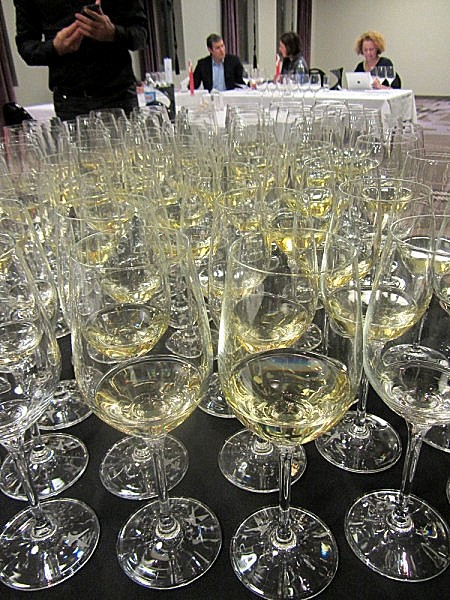
This year, the organizers have made a brilliant move by introducing a supervisory board composed of representatives of wineries and independent wine media. The Supervisory Board had access to all stages of the competition. Thus, the competition got strong legitimacy and silenced all rumors that could arise after the results get revealed. The decision that the jury will be composed entirely of international wine judges, without local representatives, served the same purpose, which in my opinion is a good path to follow in the future as well.
It would be worthwhile to release detailed rules of the competition at least 5-6 months before the competition and thus proscribe in all details the registration, evaluation criteria, evaluation method, definitions. This will make the rules of the game clear to everyone even before the wines are registered for competition and all participants will be required to follow the same rules. Indeed, there is neither reason nor excuse why a local winery meets the deadline when sending wines to Decanter and strictly follows the rules of the competition, but fails to act in the same way when submitting wines for the Great Serbian Wine Tasting.
Conceptually, the most significant flaw came as a result of excessive desire to make the competition as objective as possible. Someone has estimated that an objective assessment means that you do not know what you are tasting. And so the judges got coded blind samples without any indication of variety. This is one credible way to evaluate wines, but this method proves worthwhile when evaluating wines from the same variety or at least from the same wine region ... If you apply this method to the international jury and Serbian wine scene characterized by an extremely wide range of grape varieties , quite inadvertently indigenous varieties are put at a disadvantage. Simply, the jury will recognize more easily the typicity of international varieties than a local variety from specific regions, which they taste perhaps for the very first time. As a consequence of such an approach, local varieties or varieties whose typicity is not distinct enough will be judged more strictly.
Also, sponsors and patrons of the competition should realize the importance of such a competition and support the organizer's efforts with more courage. We know that in Serbia, money is always a problem, but these efforts truly deserve broad support because both wineries and consumers will benefit eventually.
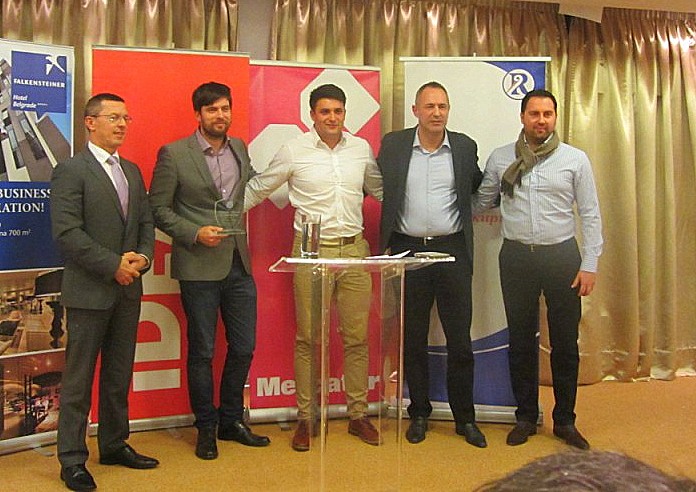
Here is an overview of awarded wines from the Great Serbian Wine Tasting 2014, and we already put a placeholder in the calendar for the 2015 competition. So we go ahead!!!
GOLD MEDAL:
Kremen 2012 – Matalj Winery
Temet Crveno 2012 – Temet Winery
Ergo crveni 2011 – Temet Winery
Ergo beli 2012 – Temet Winery
Dobra godina 2011 – Temet Winery
Regent 2009 – Aleksandrović Winery
Tema 2013 – Aleksandrović Winery
Vizija 2008 – Aleksandrović Winery
Rodoslov 2006 – Aleksandrović Winery
Italian Riesling 2013 – Vinum
Tamuz Frankovka Barrique 2008 – Jelić Winery
Coupage 2012 – McC Winery
Zvonko Bogdan Pinot Blanc 2013 – Zvonko Bogdan Winery
Zvonko Bogdan Chardonnay 2013 – Zvonko Bogdan Winery
Kišova Misterija 2011 – Kiš Winery
Terra Lazarica Cabernet Sauvignon 2008 – Rubin
Grafiti crveno 2012 – Bjelica Winery
Babaroga 2013 – Bjelica Winery
Vrtlog 2012 – Janko Cellar
SILVER MEDAL:
Pusula traminac 2013 – Pusula Winery
Rose 2013 – Veritas Winery
Sauvignon Blanc 2013 – Veritas Winery
Kardaš Limited 2011 – Aleksić Winery
Kardaš 2011 – Aleksić Winery
Dokaz 2012 – Despotika
Dokaz 2011 – Despotika
DiMerlot 2008 – Dibonis
DiCabernet Sauvignon 2008 – Dibonis
Chardonnay Barrique 2011 – Kovačević Winery
Chardonnay 2013 – Kovačević Winery
Sauvignon 2012 – Kovačević Winery
Prokupac 2011 – Toplički vinogradi
Cabernet Sauvignon 2011 – Toplički vinogradi
Talijan 2013 – Poznanić Winery
Dara Pinot Noir 2012 – Poznanić Winery
Chardonnay Selekcija 2012 – Radovanović Cellar
Cabernet Sauvignon Reserve 2011 – Radovanović Cellar
Rodoslov 2009 – Aleksandrović Winery
Varijanta 2013 – Aleksandrović Winery
Oplen 2013 – Aleksandrović Winery
Cabernet Sauvignon 2009 – Rogan
Saga 2013 – Bjelica Winery
Morava 2013 – Jelić Winery
Ergo crveni 2012 – Temet Winery
Terra Lazarica Merlot 2008 – Rubin
Coupage 2011 – McC Winery
Kanon 2012 – Jeremić Winery
Misija Barrique 2011 – Janko Cellar
Život teče 2012 – Zvonko Bogdan Winery
Franc Cabernet Sauvignon 2012 – Radovanović Cellar
BRONZE MEDAL:
Stari zavet 2012 – Janko Cellar
Rose 2013 – Virtus
Chardonnay 2011 – Temet Winery
Temet belo 2013 – Temet Winery
Ergo beli 2013 – Temet Winery
Chardonnay 2012 – Rogan
Shiraz 2012 – Rogan
I kao da si anđeo 2008 – Budimir Winery
Projekat X 2009 – Budimir Winery
Triada crvena 2007 – Budimir Winery
Margus Margi NV – Budimir Winery
Carski drum manzoni 2013 – Dragić Winery
Carski drum cabernet sauvignon 2013 – Dragić Winery
Tamjanika 2013 – Spasić Winery
Tamjanika Selekcija 2011 – Spasić Winery
Tamjanika stota suza 2011 – Wine House Minić
Sauvignon Blanc 2013 – Vinum
DiChardonnay Barrique 2010 – Dibonis
DiShiraz 2009 – Dibonis
Epigenia Chardonnay 2013 – Toplički vinogradi
Vila Vina Cabernet sauvignon barrique 2012 – Milosavljević Winery
Aurelius 2011 – Kovačević Winery
Orfelin beli 2013 – Kovačević Winery
Merlot 2013 – Atelje vina šapat
Trijumf Noir 2012 – Aleksandrović Winery
Trijumf rose 2012 – Aleksandrović Winery
Trijumf brut blanc de blancs 2009 - Aleksandrović Winery
Mirna luka 2012 – Milisavljević Winery
Žusot 2014 – Milisavljević Winery
Chardonnay 2014 – Milisavljević Winery
Rizling rajnski 2011 – Jović Winery
Sonata 2013 – Jeremić Winery
Zvonko Bogdan Sauvignon Blanc 2013 – Zvonko Bogdan Winery
Chardonnay 2013 – Pusula Winery
BACK TO CATEGORY






